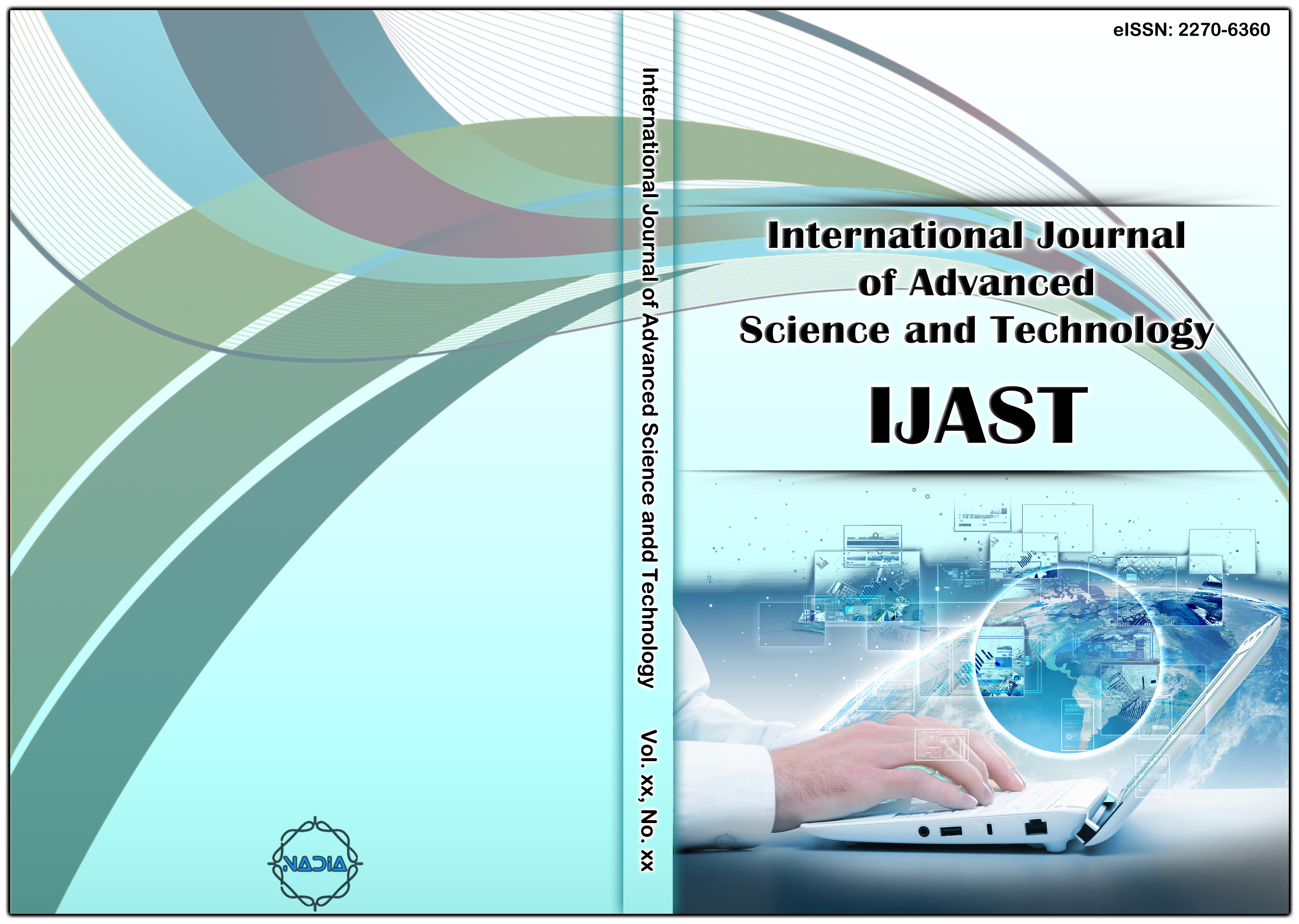Abstract:
In this paper, I have developed a real - time monitoring system that can identify the individual position of infants and their proximity to other infants using the IoT technology - based nameplate. In this way, information about how many infants interact with each infant is identified. The information gathered through this system was used as important information to improve the peer relations of all infants and toddlers, from neglected or rejected infants to infants who had no problems in terms of social development and even more popular infants. Based on proximity information between infants and toddlers, the teacher can identify the type of interaction (positive interaction, negative interaction) and try to improve the relationship of infants and young children and use the results in consultation with parents. Therefore, the data collected through this system is converted into a database to establish a system for improvement of peer relations.
Keywords:
Real-time monitoring system, Infants interact, Parent consultation, Relationship recognition
References:
[1] S. Y. Kim, H. K. Park, Y. C. Choi, “Development of Peer Relationship Recognition and Analysis System by IoT-based Infant Precise Position Monitoring”, Prowtech Co. Ltd & Namseoul univ. & Korea national univ. of edu. Research report, (2017).
[2] Kenneth H. Rubin, William M. Bukowski, Brett Laursen, “Handbook of Peer Interactions, Relationships, and Groups”, Guilford Press, (2011).
[3] Allison M. Ryan, Gary W. Ladd, “Peer Relationships and Adjustment at School”, IAP, (2012).
[4] Jennifer A. Fredricks, Sandra D. Simpkins,” Organized Out-of-School Activities: Setting for Peer Relationships”, John Wiley & Sons, (2013).
[5] BK Tripathy, J Anuradha, “Internet of Things (IoT): Technologies, Applications, Challenges and Solutions”, CRC Press, (2017).
[6] Hiroto Yasuura, Chong-Min Kyung, Yongpan Liu, Youn-Long Lin, “Smart Sensors at the IoT Frontier”, Springer, (2017).
[7] Myung-Soon Won, “The mediating effect of decision making ability on the relationship between courage and happiness in young children”, Journal of the Korea Academia-Industrial cooperation Society 18.2, (2017), pp. 568-575.
[8] Jung-Gi Lee, Yeong-Seok Lee, “A Study on the Technology Development of User-based Home Automation Service”, Journal of the Korea Academia-Industrial cooperation Society, 18.3, (2017), pp. 327-332.
[9] Mi-Young Kang, Ji-Seung Nam, “A Study on Smart Network Utilizing the Data Localization for the Internet of Things”, Journal of the Korea Academia-Industrial cooperation Society 18.6(2017), pp. 336-342.
[10] Seon-Keun Lee, “A Study on Pseudo-random Number Generator with Fixed Length Tap unrelated to the variable sensing nodes for IoT Environments”, Journal of the Korea Academia-Industrial cooperation Society 19.2, (2018), pp. 676-682.
[11] Seon-Keun Lee, “A Study on Lightweight Block Cryptographic Algorithm Applicable to IoT Environment”, Journal of the Korea Academia-Industrial cooperation Society 19.3, (2018), pp. 1-7.
[12] So-Yeon Min, Jae-Seung Lee, “Device Mutual Authentication and Key Management Techniques in a Smart Home Environment”, Journal of the Korea Academia-Industrial cooperation Society 19.10, (2018), pp. 661-667.
[13] K. Kavitha Lakshmi, “Implementation of different Patterns for human Activities”, International Journal of Urban Design for Ubiquitous Computing, 4.2, (2016), pp. 27-40.
[14] Ashish Bagwari, Jyotshana Kanti and Geetam Singh Tomar, “Multiple Antennas Based Sensing Technique”, International Journal of Urban Design for Ubiquitous Computing 4.2, (2016), pp. 41-50.
[15] Peng Hai-yun, “Energy Consumption of Wireless Sensor Network Research Problem”, International Journal of Internet of Things and Big Data 1.1, (2017), pp. 29-36.
[16] Weijie Kong, “Analyzing the Usage of Data Mining in Spatial Database”, International Journal of Internet of Things and its Applications 1.1, (2017), pp. 1-12.
[17] Ranbeer Tyagi, “Fast Handoff in Wireless Communication Technology”, International Journal of Wireless and Mobile Communication for Industrial Systems 4.1, (2017), pp. 43-56.
Citations:
APA:
Park, H.-K., (2019). A Study on Relationship Recognition and Analysis through IoT-Based Infant Activity Monitoring. International Journal of Advanced Science and Technology (IJAST), ISSN: 2005-4238(Print); 2207-6360 (Online), NADIA, 130, 59-68. doi: 10.33832/ijast.2019.130.06.
MLA:
Park, Hyoung-Keun “A Study on Relationship Recognition and Analysis through IoT-Based Infant Activity Monitoring.” International Journal of Advanced Science and Technology, ISSN: 2005-4238(Print); 2207-6360 (Online), NADIA, vol. 130, 2019, pp. 59-68. IJAST, http://article.nadiapub.com/IJAST/Vol130/6.html.
IEEE:
[1] H.-K. Park, “A Study on Relationship Recognition and Analysis through IoT-Based Infant Activity Monitoring.” International Journal of Advanced Science and Technology (IJAST), ISSN: 2005-4238(Print); 2207-6360 (Online), NADIA, vol. 130, pp. 59-68, Sep. 2019.
